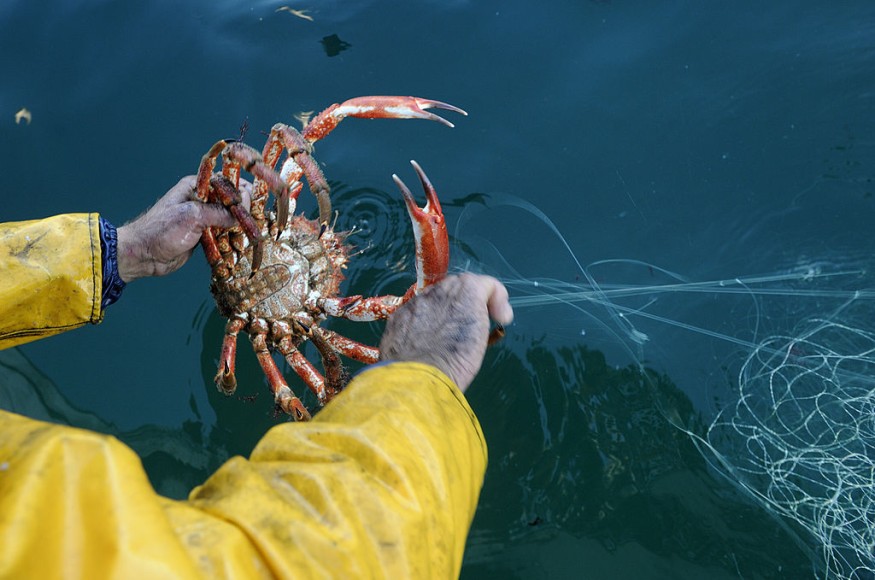Environment agencies investigate the mysterious crab deaths in north-east England beaches just recently. Thousands of dead crabs and lobsters have been washing up along the Tees estuary, alarming locals and experts on what was described as 'apocalyptic'.
Marske and Saltburn beaches have been littered the most by countless crustaceans. Sightings were first reported in Seaton Carew, Redcar and farther north in Seaham, early in October.
This matter had raised concerns and questions from lawmakers. Conservative MP for Redcar, Jacob Young and former Redcar MP Anna Turley look for answers over the unusual deaths.
"It is deeply worrying that this seems to be continuing on our coastline", said Young to the Northern Echo.
Turley also tweeted: "What is going on? This is getting apocalyptic."
Meanwhile, the beach's locals said that last's weeks deaths were the worst. "There were dead crabs in every rock pool and quite a lot of them along the waterline among the seaweed," a resident, Carl Clyne, told the Hartlepool Mail.
Piles of dead and decaying creatures

Residents have been reporting massive crab deaths since last week, and an investigation is underway to find out the reason. Although it has not yet been established, environmental groups are concerned about the ecosystem.
The Environment Agency (EA) is working with Centre for Environment, Fisheries and Aquaculture Science (CEFAS) and the North Eastern Inshore Fisheries and Conservation Authority to establish unknown cause.
"Samples of water, sediment, mussel and crab have been collected and are being sent to our labs for analysis to consider whether a pollution incident could have contributed to the deaths of the animals," a spokesperson said. "We have also shared samples with CEFAS labs for disease analysis."
The numerous deaths accounted to 95% decline in the lobster and crab catch according to local fishing industry.
Expert's best guess
At this point, there has been no evidence that links to crab deaths, but some experts have guessed that a large mortality like this can be caused by localized pollution, unusual weather events like large storms, or disease outbreaks.
"My best guess at the moment would be that it's something that's a singular event, especially since we've seen so many individuals turn up all at once," said sea life pathologist at Teesside University, Dr Jamie Bojko.
Research also suggests that subsea power cables had interfered with crab behavior, and that new interconnector cable from Northumberland to Norway may be responsible. As far as the National Grid is concerned, they weren't aware that such cables are harmful since they were well buried in the seabed far out of reach by wildlife.
CEFAS spokesperson added: "At this time there is no information we are aware of to explain the deaths but will await the outcome of the investigations, which are still ongoing."
In the meantime, authorities advise locals and residents not to swim in nearby beaches and encourage them to report to authority any pollution that may have been affecting wildlife.
© 2025 NatureWorldNews.com All rights reserved. Do not reproduce without permission.





